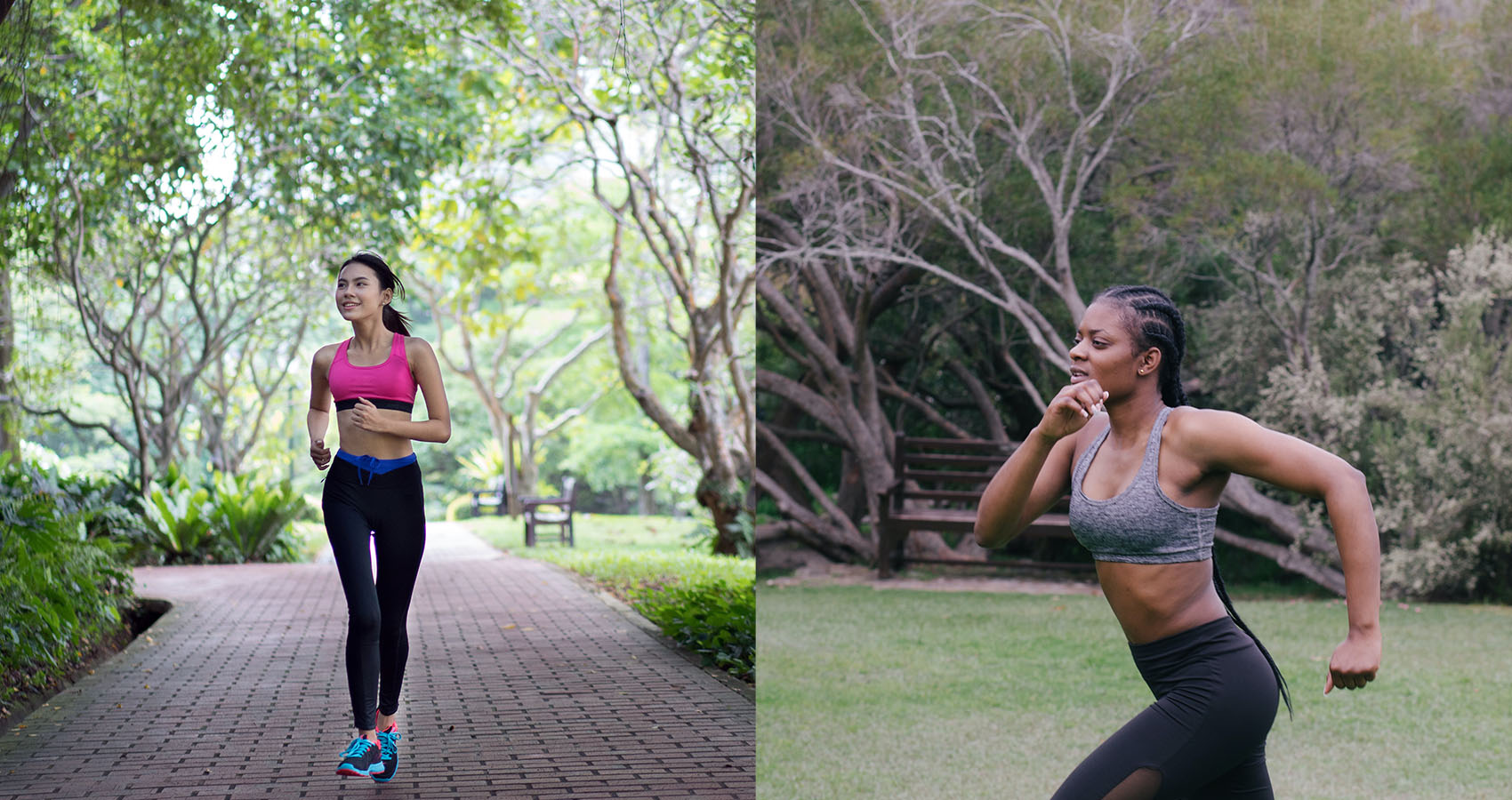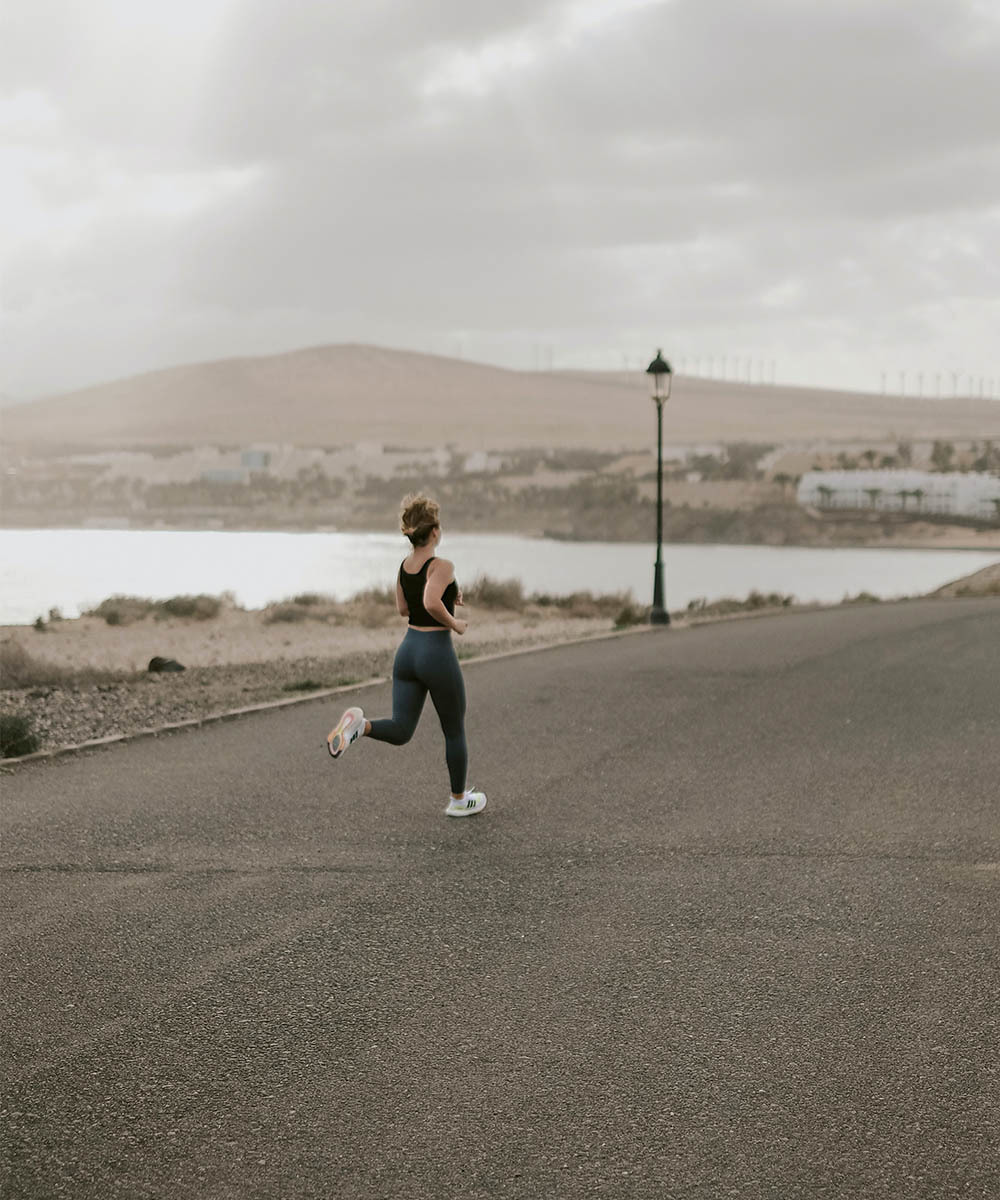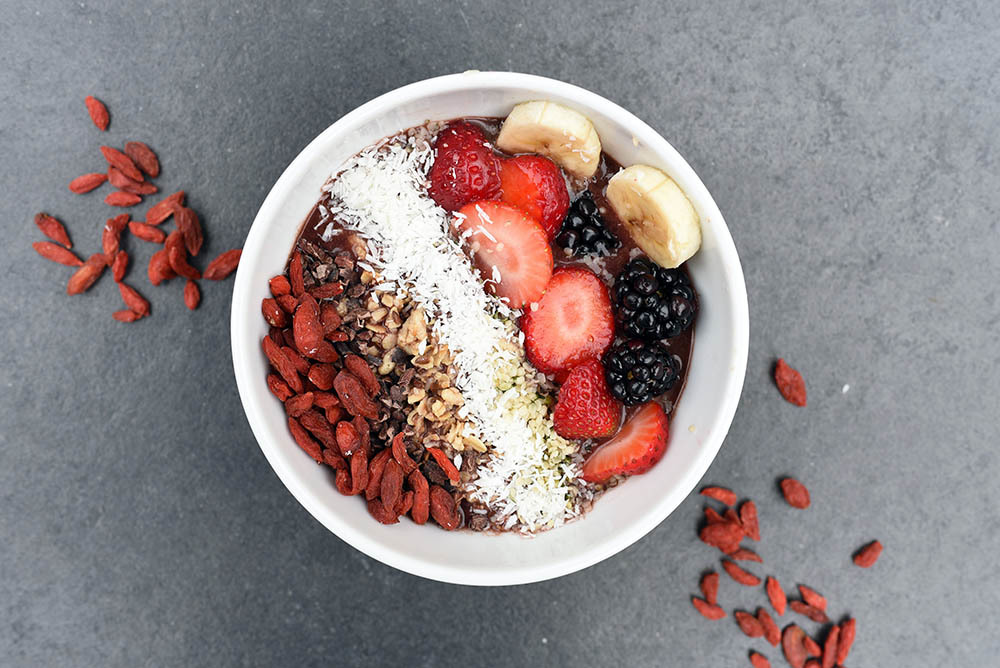
4 Things To Consider Before You Take Up Running
The importance of proper prep.
With an Olympic closing ceremony in the not-too-distant past, there will still be more than a few of us who are feeling inspired by the achievements of the world’s top athletes. As we deal with the lockdown weight that so many of us have put on, it makes sense that we would be interested by the idea of taking up running to shed those extra pounds. And it’s not a bad idea at all. Running is a simple process, gets the endorphins flowing, and you get to listen to your favorite music or an entertaining podcast as you run off the calories.
Before you throw yourself into running, however, it is important to keep in mind the importance of proper prep. It’s not just something personal trainers advise you to do for the sake of it. You need to study a little before you can get the best from a run, and below we’ll go into all of the things you need to consider before you set off on your first running session. This preparation will make running easier, more effective and more enjoyable.
Plan your runs for the best terrain
If you Google for the best running surface, you will discover that there is plenty of variation in the answers you get. There isn’t one surface you’re likely to encounter that is universally good, or universally bad, each has their pros and cons. So you’ll have to take some other factors into account. For example, grass is usually a very good surface to run on and you’ll enjoy how the natural terrain is forgiving on your joints and limbs. However, if it’s been raining recently, the surface can become soft underfoot and increase the likelihood of turning your ankle, risking ligament injuries.
If you run frequently on asphalt, you’ll find it’s a pretty decent surface as long as you’re not running especially hard. It’s a firm surface and you need to be conscious of the risk to your joints as well as your calves and shins. It is a better choice than concrete, although - much like concrete - it’s a no-no when there has been recent snowfall. Woodland and mountain trails are good, if you want to gain experience in changes of direction - which is excellent for flexibility - but it does raise the risk of tripping hazards.
The best surface to run on, really, is a dedicated running track if you can get access to such a surface. You’ll need to get used to turning on these tracks, as the average running track is a 400m oval (so if you’re looking to run 8km (five miles), you’ll need to run 20 full laps. Alternatively, a treadmill allows you a cushioned surface, consistent integrity and the chance to change your course to go both up and downhill.
You’ll learn which surfaces suit you best, based on how you feel after running on them. In general, stick to the ones that work for you - and if you are experiencing pain for longer than usual after a run, do see a doctor.
Pick the right footwear
Few things are more important to the success of your running experience than the type of shoes you wear. Quite simply, the more comfortable your shoes are, the longer you’ll be able to run while wearing them. A particularly good pair will protect your feet and your joints by spreading out the impact of your footfall, and you can learn a lot from sources such as Which Footwear about the shoes that will work best for your specific purposes.
Whichever shoe you choose should have enough space so that it doesn’t feel like your toes are being pinched, but should not be too loose or you’ll get blisters pretty easily. They shouldn’t be too heavy, so you don’t find it difficult to lift your feet consistently, but if they are too light the chances are they won’t stand up to regular use.
As a good rule of thumb, if you would wear a shoe as a “fashion” trainer, it’s not going to be much use for a proper run. It is worth paying for the right footwear, as the support it will give your feet cannot be overestimated. And in the long run, if you’ll pardon the pun, the comfort and health of your feet will be integral to allowing you to run further and more often. That can’t be overestimated when it comes to getting the best from your exercise sessions.
Curb your enthusiasm

Being excited to take up running is definitely a positive thing, and probably essential in terms of getting you over the early ups and downs, but you’ll need to control it initially. Running too fast and too hard are both problems that can lead directly to injury or burnout. Be aware that running of any kind is going to raise your heartbeat and is, therefore, going to be beneficial for burning calories. So in the early days, keeping the pace a little more sedate is a good idea. You’ll be able to run for longer, and go further, and consequently build greater endurance. If you want to pick up the pace as time goes on, you’ll be doing it from a more solid base.
Running too hard or too fast early on won’t just wear you out, it will create a greater chance of you suffering an injury that won’t just cut your sessions short, it will wipe them out entirely for a while. Lack of control in your running can increase the chance of hamstring pulls, muscle tears, and impact injuries such as stress fractures or shin splints. Shin splints in particular can become chronic and require long-term medical attention including surgery. So if you have to start with 2km jogs and work up from there, embrace it.
Your diet is vitally important

If you’re trying to shake off the weight, then you’re probably already thinking in terms of a calorie-controlled diet - but it is worth remembering that you’ll need to take on board enough fuel for your exercise regimen. High-protein foods like salmon, eggs and turkey for the meat-eaters - and tofu, chickpeas and seitan for the vegetarians and vegans - will make a big difference to your ability to keep up a running habit. But it’s not just what you eat, it’s also when you eat it.
If you’ve eaten a small snack - a tuna wrap, for example - then it is advisable to wait up to two hours before you go for a run. If you’ve eaten a bigger meal, then you should wait longer, up to four hours, before you take to the track. Running too soon after eating will affect your digestion, potentially cause cramping and nausea, and generally make you feel sluggish during a run, which is something you simply cannot afford.
By the same token, it is important to drink water regularly, and even bring along a bottle of water from which you can take regular sips. It’s recommended that you don’t overdo it, though, as too much water while exercising can make you uncomfortable - and in extreme circumstances can even lead to hyponatremia. That’s a condition that can be fatal in some cases, and is deeply unpleasant in any case.
Running is a delightfully simple way to exercise, and an effective one too. Just bear in mind that it will be a lot simpler if you follow the right advice and exercise in a way that avoids the risk of injury, and which allows you to run further and for longer.











